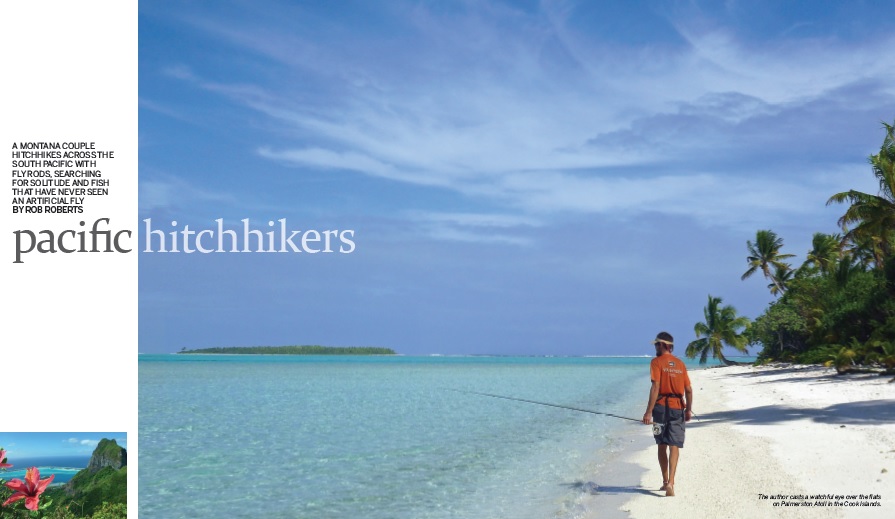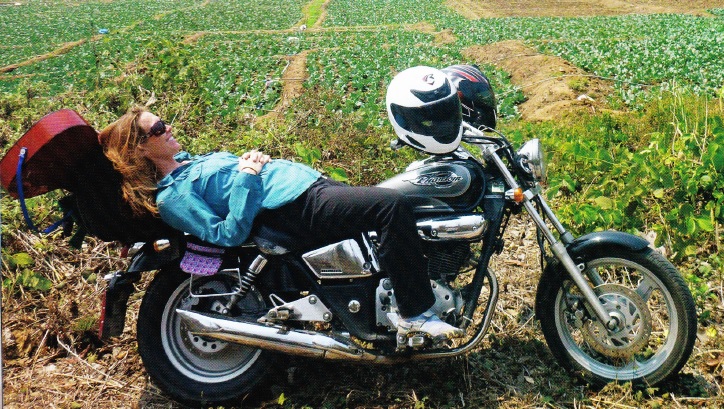This is Part Three in a multi-part series on my observations of the state of the South Pacific fishery. Click here to read Part One. Click here to read Part Two.
—
You remember those 3D pictures where an image pops out of the static if you look at it just so? That’s what the ocean is like for me in Vava’u now. At first, I was disappointed that I didn’t see giant fish each time I swam, and that there weren’t any megafauna jumping out at me the minute I put on my mask. But then I realized that if you just adjust your eyes a bit, a whole new dimension appears.
Now every time I go swimming, I see something magical. Something that makes me laugh or scream or hold my breath until my lungs burst just to get a closer look. It’s only a desert if you can’t see the urchins through the sand.
I snorkel around the tiny 3-acre Fetoko Island nearly every day. It’s a ritual now, after five months living in Tonga. And also a challenge to try and see something new each time in this small area. It’s fairly unremarkable, as far as underwater seascapes go: there’s no pass, no drop-offs, no caves or reefs or shark breeding gounds. It’s just a flat sandy area dotted with echinoderms like sea stars and urchins, interspersed with the occassional coral-head and sea grass patch. Yet I’ve noticed more new creatures here than I did in some of the premier diving spots we visited while sailing across the South Pacific — all because I know it so well.
The best part about staying put is truly getting to know a place. That’s what we loved about living in Missoula, that intimacy with the land, the water, the air, the trees, and the knowledge of how those parts of your home change with each season. It’s the same here in Vava’u: I can feel the water get warmer or cooler, notice more of less grass, exclaim over the new fan that appears, mourn the loss of the beautiful lionfish that moved to a new territory. It’s home.
Here’s what I’ve learned while underwater in Tonga: if you can imagine a creature — no matter how bizarre — it probably lives in the sea. Long snakes with 20 antennas that fold up inside their bodies Slugs that turn into flamenco dancers as they float on ruffled red skirts across the sand. Pencil-thin flounder with eyes that migrate from top to bottom and wave like little aliens from a camoflauged body. Gobies that look like they’re ready to walk ashore. Coral that looks like a brain, and fans that look like mermaid’s hair. Moray eels, bizzare clams, unicorn fish, box fish, stone fish.
Even during my delight in the small stuff near Fetoko, I still feel overwhelmed at the scale of human consumption from the sea. But I no longer feel quite as hopeless about the state of the sea. I’ve seen baby coral gardens blossoming. I’ve seen sea grass patches growing. I’ve seen thousands of tiny newborn baby fish huddled in sea urchin spines.
I’ve found hope sprouting at the bottom of the sea.
I have faith in the resiliency of our oceans. I believe at my very core that the oceans and all their wondrous creatures will be around long after humans have vanished from the planet. And I have this hunch that humans are smart enough, creative enough, motivated enough to find a way to more sustainably balance what we take from the sea.
It’s all give and take, in the end. The algae gives energy to the coral, the shells give grit to make sand, the small fish feeds the bigger one. Humans just have to learn how to give as much as we take. It doesn’t seem so impossible, when I think about it like that.





One thought on “Our Desert Oceans – South Pacific Fish Part 3”
Now I’m consumed by snorkeling envy! I love the positive ending to this series.